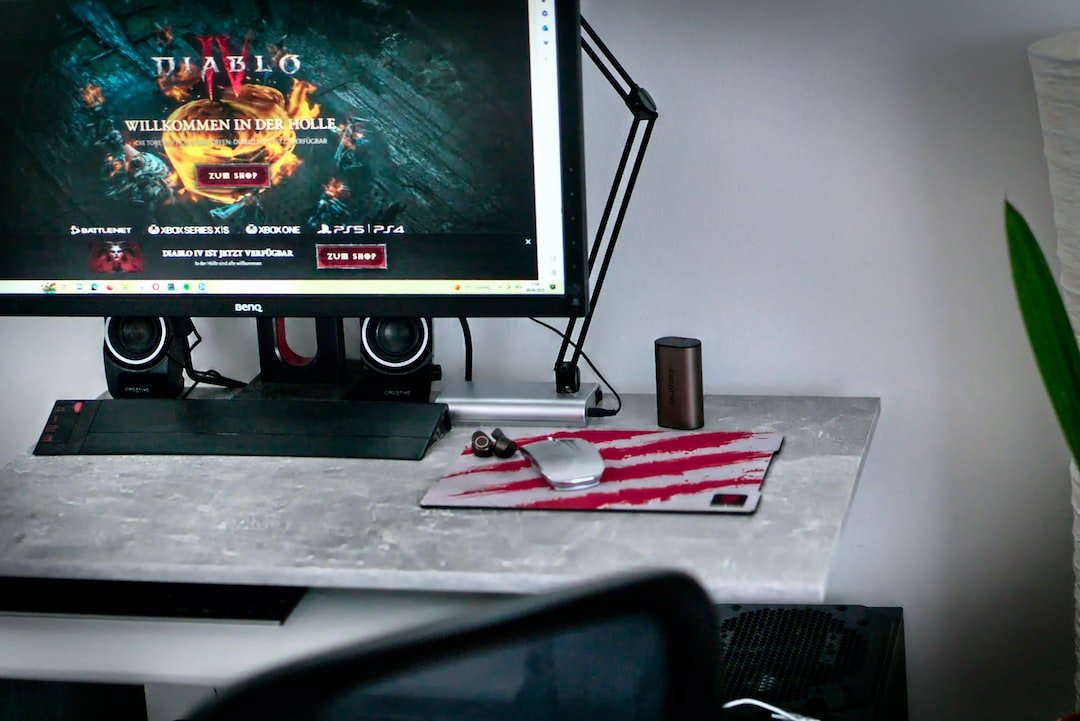Introduction
Are you struggling to find the right balance when it comes to screen time for your children? In today’s modern world, where screens are everywhere, it can be challenging for parents to manage and limit the amount of time their children spend in front of screens.
Whether it’s watching TV, playing video games, or browsing the internet, excessive screen time can have negative effects on a child’s physical and mental well-being. However, completely eliminating screen time is neither practical nor realistic in today’s digital age.
The key lies in finding effective strategies that help you strike a balance between allowing your children to benefit from technology while also ensuring they engage in other important activities. In this article, we will explore some valuable screen time strategies for parents to help you navigate this digital dilemma.
Creating Healthy Habits
One of the first steps in effectively managing screen time is to create and promote healthy habits for your children. Here are some strategies to consider:
1. Set Clear Screen Time Rules and Limits
Establishing clear rules and limits around screen time is crucial. Communicate these rules to your children and ensure that they understand the expectations. For example, you may decide to limit screen time to a certain number of hours per day or restrict screen time during specific times, such as meal times or before bed.
2. Be a Role Model
Children learn by observing their parents’ behaviors. If you want your children to have a healthy relationship with screens, it’s important to model that behavior yourself. Reduce your own screen time and be present and engaged when you are spending time with your children.
3. Encourage Physical Activity and Outdoor Play
Make sure your children have plenty of opportunities for physical activity and outdoor play. Encourage them to participate in sports, take walks, or explore nature. This not only helps in reducing screen time but also promotes their physical well-being and overall development.
4. Engage in Interactive Activities
Encourage your children to engage in activities that involve interaction, creativity, and critical thinking. Provide them with age-appropriate toys, puzzles, arts and crafts materials, or board games to keep them entertained and engaged without relying solely on screens.
5. Establish a Screen-Free Zone
Designate specific areas or rooms in your home as screen-free zones, such as the dining area or bedrooms. This creates an environment that promotes non-screen activities and facilitates family interactions.
Utilizing Technology to Your Advantage
While excessive screen time can have negative effects, technology can also be used as a tool to help you manage and balance screen time effectively. Here are some strategies to harness technology to your advantage:
1. Use Parental Control Features
Many devices and apps offer parental control features that allow you to set time limits, block inappropriate content, and monitor your child’s online activities. Explore these options and implement them to ensure that your children are accessing age-appropriate content and are not spending excessive time on screens.
2. Explore Educational Content
Instead of solely focusing on entertainment, encourage your children to engage with educational content. There are numerous educational apps, websites, and programs that provide interactive and engaging learning experiences across various subjects. By incorporating educational content into their screen time, you can make technology a valuable learning tool.
3. Set Screen Time Goals
Instead of simply restricting screen time, set goals for your children to achieve before they can have screen time. For example, you can establish a rule that they have to complete their homework or chores before they can use screens. This encourages responsibility and teaches them to prioritize their tasks.
4. Engage in Family Screen Time
Make screen time a family affair by engaging in activities or watching content together. This not only allows you to monitor what your children are watching but also provides an opportunity for meaningful family bonding.
Conclusion
Finding the right balance when it comes to screen time can be challenging, but with effective strategies, it is possible. By promoting healthy habits, utilizing technology to your advantage, and setting clear rules and limits, you can help your children develop a healthy relationship with screens while also engaging in other important activities.
Remember, every child is different, and what works for one may not work for another. It’s essential to adapt these strategies to fit your child’s age, interests, and individual needs. By being proactive and involved, you can ensure that screen time plays a positive role in your child’s life.
FAQ
Here are some commonly asked questions about balancing screen time for parents:
| Question | Answer |
|---|---|
| How much screen time is appropriate for my child? | The American Academy of Pediatrics recommends limiting screen time to 1 hour per day for children aged 2-5 and encouraging educational use. For older children, it is recommended to set consistent limits based on individual needs. |
| Can I allow my child to have screen time every day? | It’s important to strike a balance. While daily screen time can be acceptable, ensure that it doesn’t interfere with other essential activities like physical exercise, social interaction, and academic work. |
| Are there any tools or apps to help me manage screen time? | Yes, several tools and apps provide features to manage and monitor screen time, such as Family Link, Screen Time (for iPhone), and Qustodio. Explore these options to find the one that suits your needs best. |
| How can I encourage my child to engage in screen-free activities? | Provide various engaging activities like sports, arts and crafts, board games, and outings. Be involved and show enthusiasm to inspire your child to participate in these activities. |
Further Reading
Here are some external resources to learn more about balancing screen time for children:
| Website | Description |
|---|---|
| HealthyChildren.org | A website by the American Academy of Pediatrics that offers tips and advice on healthy screen time for children. |
| Common Sense Media | Common Sense Media provides information and reviews on age-appropriate media and offers resources for parents. |
Remember, finding the right balance may require trial and error, as every family and child is unique. Implement the strategies and tweak them as needed to best suit your family’s needs. Balancing screen time can help your children lead a well-rounded, healthy lifestyle.




